Your Workshop’s Secret Weapon is Hiding in the Bathroom Aisle
I’ve spent the better part of my life working with my hands. Whether I’m in my shop bringing old furniture back to life or elbow-deep in a small engine, I’ve learned one thing for sure: the best tool isn’t always the fanciest or most expensive. Sometimes, it’s the simple thing you already own. For me, that’s the humble toothbrush.
In this article
Now, I’m not talking about the one by your sink. I’m talking about a dedicated set of toothbrushes that have become absolute game-changers for precision work. It’s a trick I’ve passed on to every apprentice and fellow maker I’ve met, not as a gimmick, but as a real-world solution that just plain works. So let’s dive into how to pick ’em, use ’em, and turn them into one of your most trusted detailing tools.
First Things First: Building Your Toothbrush Toolkit
Before you even think about tackling a project, you need the right gear. A good starter kit is cheap and will set you up for 99% of jobs. Honestly, you can assemble the whole thing for under $10.

Here’s what I recommend you grab:
- A multipack of “Soft” bristle brushes: These are your workhorses. A 5-pack from a dollar store or a generic brand on Amazon will run you maybe $2-$3.
- One “Extra Soft” bristle brush: This is for your delicate work. You might have to look a bit harder, but it’s worth it. Expect to pay around $3-$4 for a good one.
- One child’s toothbrush: The small head is perfect for getting into tiny, awkward spots.
- One “Firm” bristle brush: For the heavy-duty scrubbing jobs.
Oh, and grab a permanent marker. You’ll see why in a bit.
Not All Bristles Are Created Equal
When you look at a wall of toothbrushes in a store, don’t see dental care products—see a wall of specialized detailing tools. The most important feature, by far, is bristle stiffness. It dictates everything.
- Extra Soft: These are for your most delicate tasks where scratching is a major concern. Think dusting the housing of old camera equipment, cleaning fine filigree on antique jewelry, or gently clearing debris from a sensitive circuit board. They dislodge dust without leaving a trace.
- Soft: This is your go-to, most versatile brush. It’s perfect for general detailing on car interiors, getting the gunk out of a computer keyboard, or scrubbing a stain on durable fabric. It has enough cleaning power for most jobs without being overly aggressive.
- Medium: Now we’re getting into more serious territory. Use these for tougher jobs, like cleaning grime from the threads of a bolt or scrubbing grout lines. A word of caution: always test a medium brush on a hidden spot first. I learned this the hard way when I put a fine scratch on a client’s lacquered tabletop. It was a painful lesson in patience.
- Firm/Hard: I keep very few of these around, and for good reason. They are for heavy-duty scrubbing on materials that can take a beating, like cast iron, concrete, or unfinished, rusty metal. On almost any other surface, they’ll cause damage. Use with respect and caution!
By the way, nearly all modern toothbrushes use nylon bristles, which is great for us. Nylon is tough and holds up well against many chemicals and solvents. You don’t have to worry about it breaking down like natural bristles would.

In the Workshop & Garage: The Detailer’s Secret
My workshop is a constant battle against dirt, grease, and metal shavings. This is where a toothbrush truly proves its worth.
Cleaning Bolt Threads
When you’re restoring anything old, you’ll run into bolts with threads packed with rust or old gunk. A wire brush can be too harsh and damage the threads. Instead, grab a firm toothbrush, dip it in a good penetrating oil like PB B’laster or a degreaser like Simple Green, and scrub away. The bristles are perfect for getting deep into the grooves. This simple step, which might take you 10 minutes for a set of 8 bolts, can prevent cross-threading and save a valuable part.
Small Engine Parts
I’ve rebuilt more carburetors than I can count, and they have to be perfectly clean to work right. After soaking the parts in carburetor cleaner, a soft toothbrush is what I use for the final cleaning. It’s gentle on the soft brass jets but tough on any leftover varnish. Heads up! Always wear safety glasses and nitrile gloves when you’re working with carb cleaner—it’s nasty stuff. When you’re done, don’t just toss the brush. I clean mine in a solvent-safe glass jar, then give it a final wash with soap and water and let it air dry.
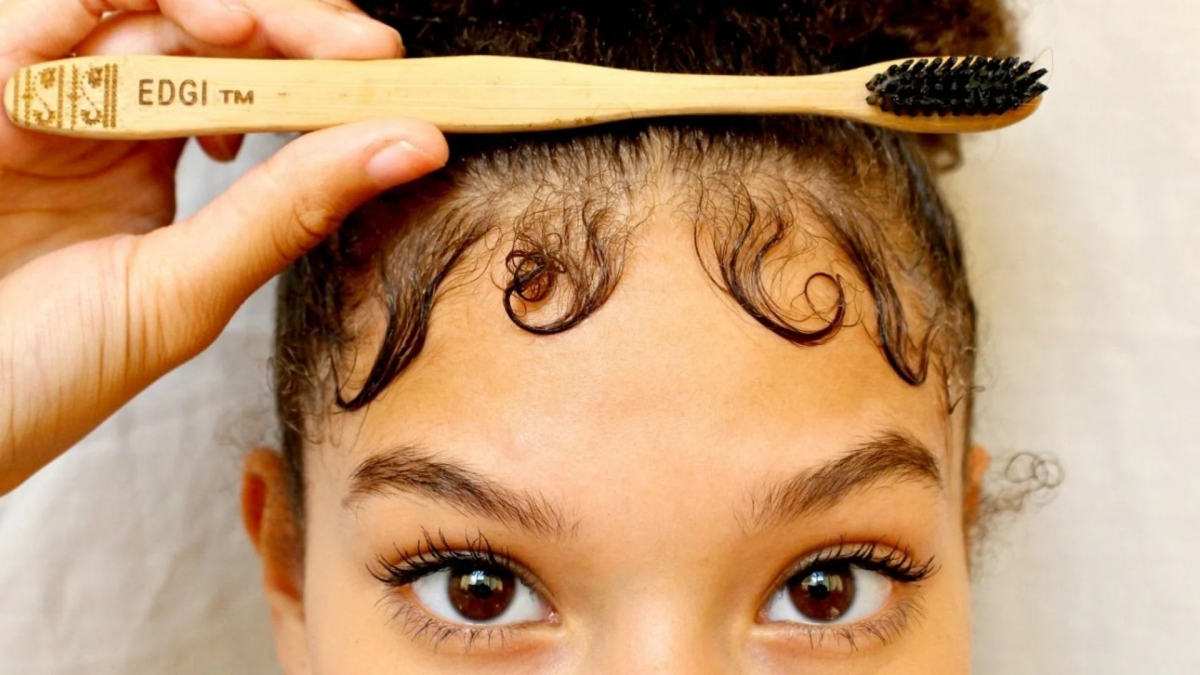
Car Detailing
Pro car detailers have known this secret for ages. A soft brush is a champ at cleaning dust from air vents, dashboard buttons, and the seams of leather seats. For the outside, you can use a dedicated medium brush with a quality wheel cleaner (Meguiar’s makes some great ones) to get brake dust off intricate alloy wheels and lug nuts. Just be sure to label that brush “WHEELS – GREASE” so it never, ever touches your paint.
Electronics & Appliances: Clean with Care
Dust is the mortal enemy of electronics. It insulates components, making them run hotter and shortening their lifespan. But before you start, one rule is non-negotiable.
UNPLUG. EVERYTHING. Seriously. Disconnect it from the wall. If it has a battery, take it out. Trying to clean a device that’s still powered on is just asking for a bad day, either for you or the device.
A clean, dry, extra-soft toothbrush is your best friend for de-gunking a keyboard, a task that takes less than five minutes. Just turn it upside down and gently brush between the keys. For computer case fans and processor heat sinks, a soft brush works wonders. A good practice is to ground yourself first by touching a metal part of the computer case. This discharges any static electricity from your body, which can fry sensitive components.
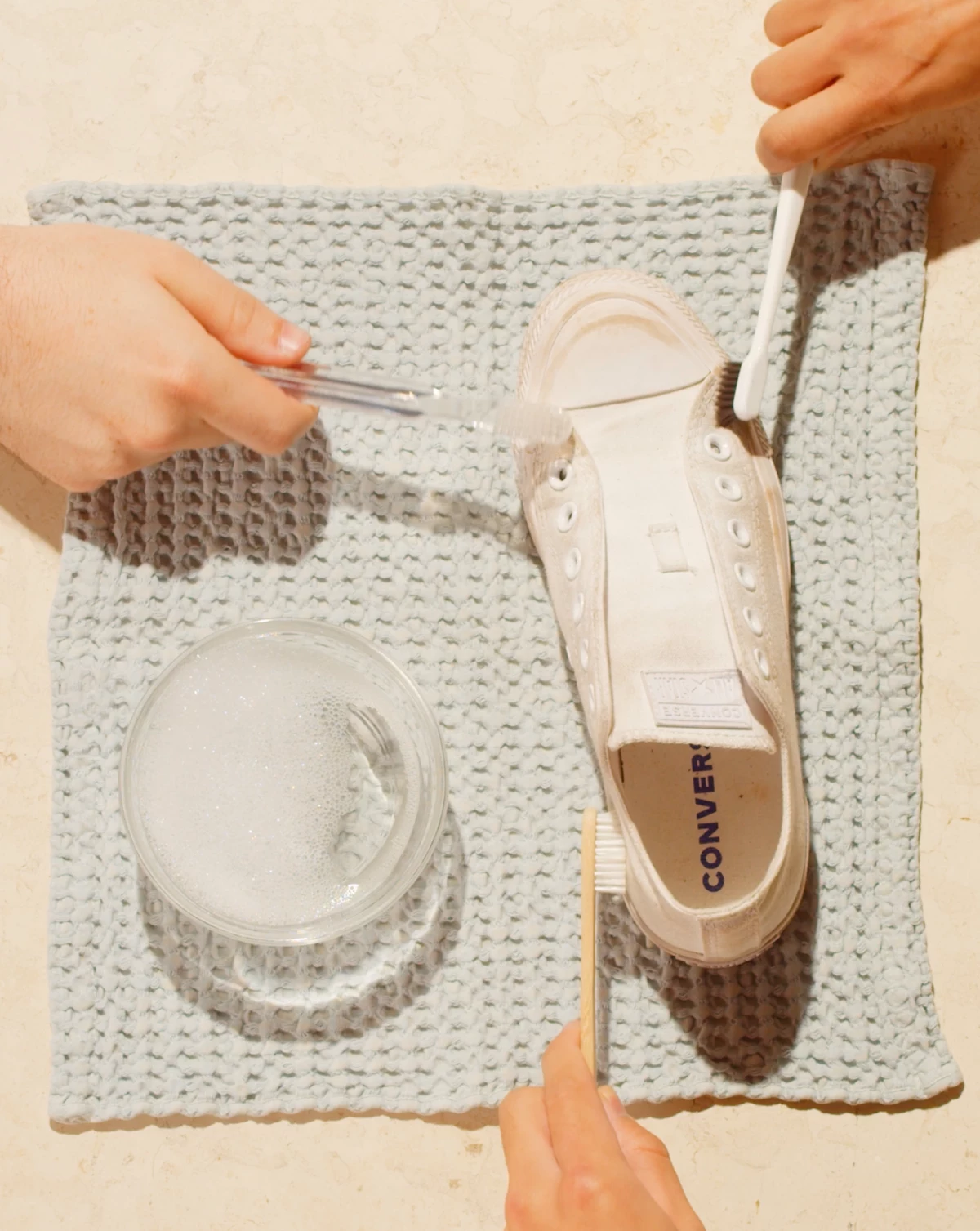
Quick 60-Second Fix: Go look at the back of your hairdryer. That intake vent is probably clogged with lint. A quick, dry scrub with a toothbrush will have it clean in under a minute, helping the motor run cooler and last longer. The same trick works on electric razors and sewing machine lint traps!
Around the House and In the Kitchen
The usefulness doesn’t stop at the garage door. A firm toothbrush and some baking soda paste (a fantastic, cheap alternative to commercial cleaners) can make old grout lines look brand new. Use small, circular motions to get the best results.
In the kitchen, a dedicated toothbrush is a lifesaver for cleaning things like garlic presses, cheese graters, and tea strainers. But this is critical: you must use a NEW brush that is ONLY for food items. I label mine “KITCHEN ONLY” in big, bold letters and run it through the dishwasher to keep it sanitized. Don’t ever risk cross-contamination.

Tool Management: The Mark of a Pro
Having the right tools is one thing; taking care of them is another. My utility toothbrushes are all clearly labeled with a permanent marker—“SOLVENTS,” “DRY DUSTING,” “GENERAL,” etc. This simple system prevents me from, say, accidentally cleaning a delicate item with a brush that has grease residue on it. I store them in separate, labeled jars.
Lesser-known trick: For a really tough-to-reach spot, you can create a custom-angled tool. Gently heat the plastic neck of a toothbrush with a heat gun (don’t melt it!) until it’s pliable, then bend it to the exact angle you need. Let it cool completely before using it. It’s an old-school hack that still works perfectly.
And remember, these are cheap, consumable tools. Once the bristles get frayed and lose their shape, their usefulness is gone. Toss it and grab a new one. Trying to get too much life out of a worn-out brush just leads to sloppy work.
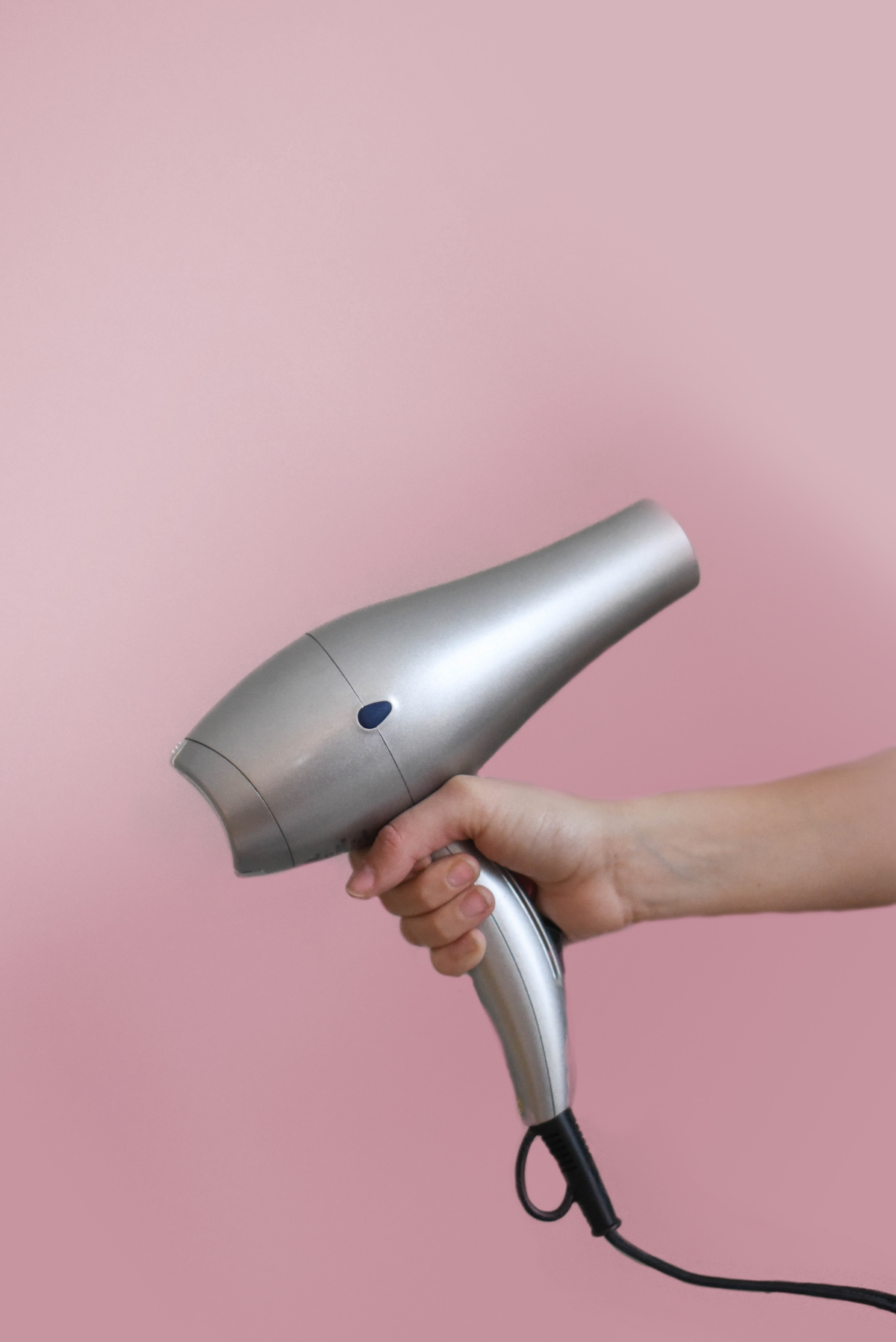
A Final Thought…
In a world of high-tech gadgets, there’s a real satisfaction in using a simple, everyday object to get a professional result. The toothbrush is a perfect example. It proves that skill and creativity are always more important than the price tag on your tools.
So next time you’re in the store, grab a few extra. You’ll be surprised how often you reach for one.
So, what’s the most unusual or surprising thing you’ve cleaned with a toothbrush? I’d love to hear your stories in the comments below!
Galerie d’inspiration
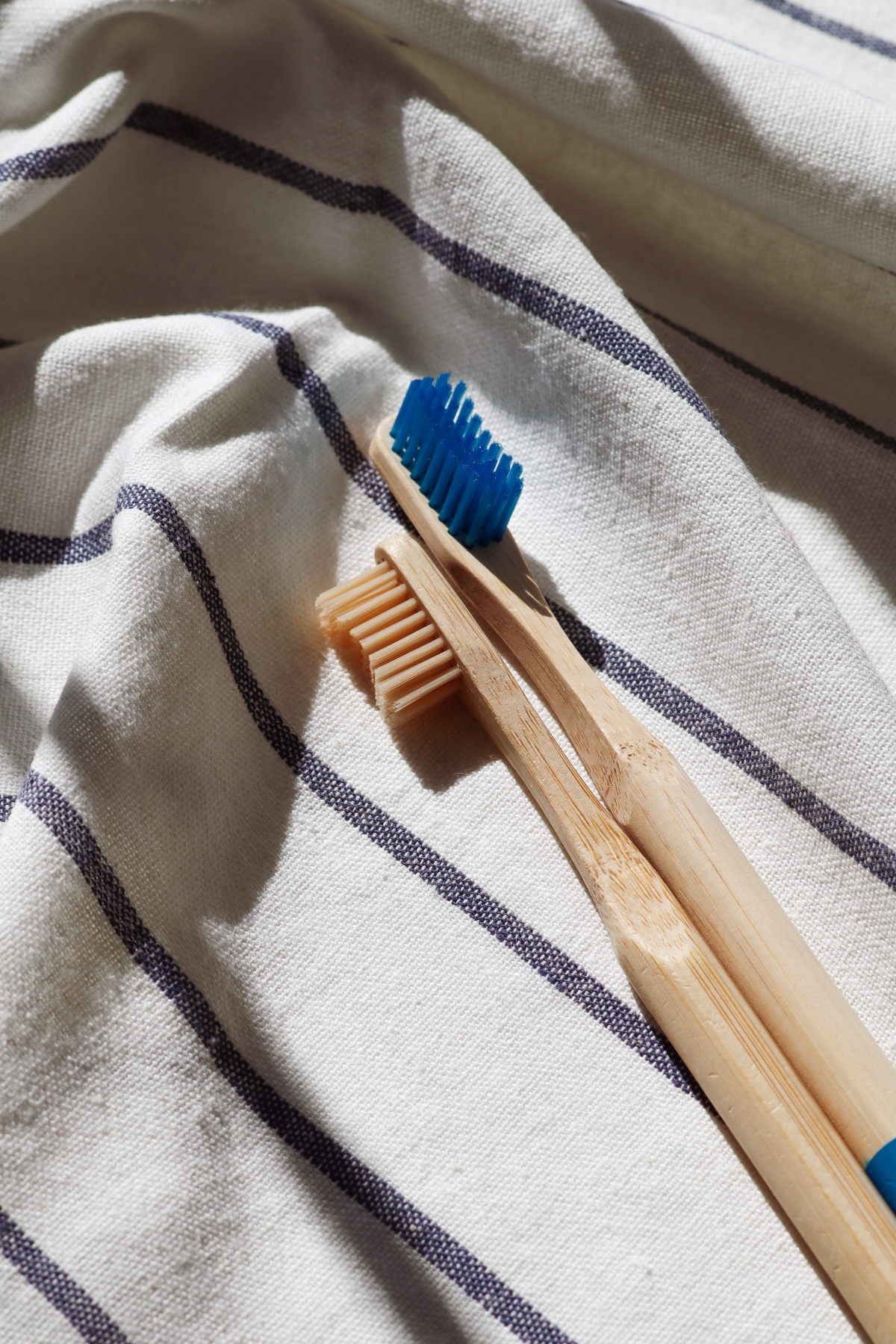
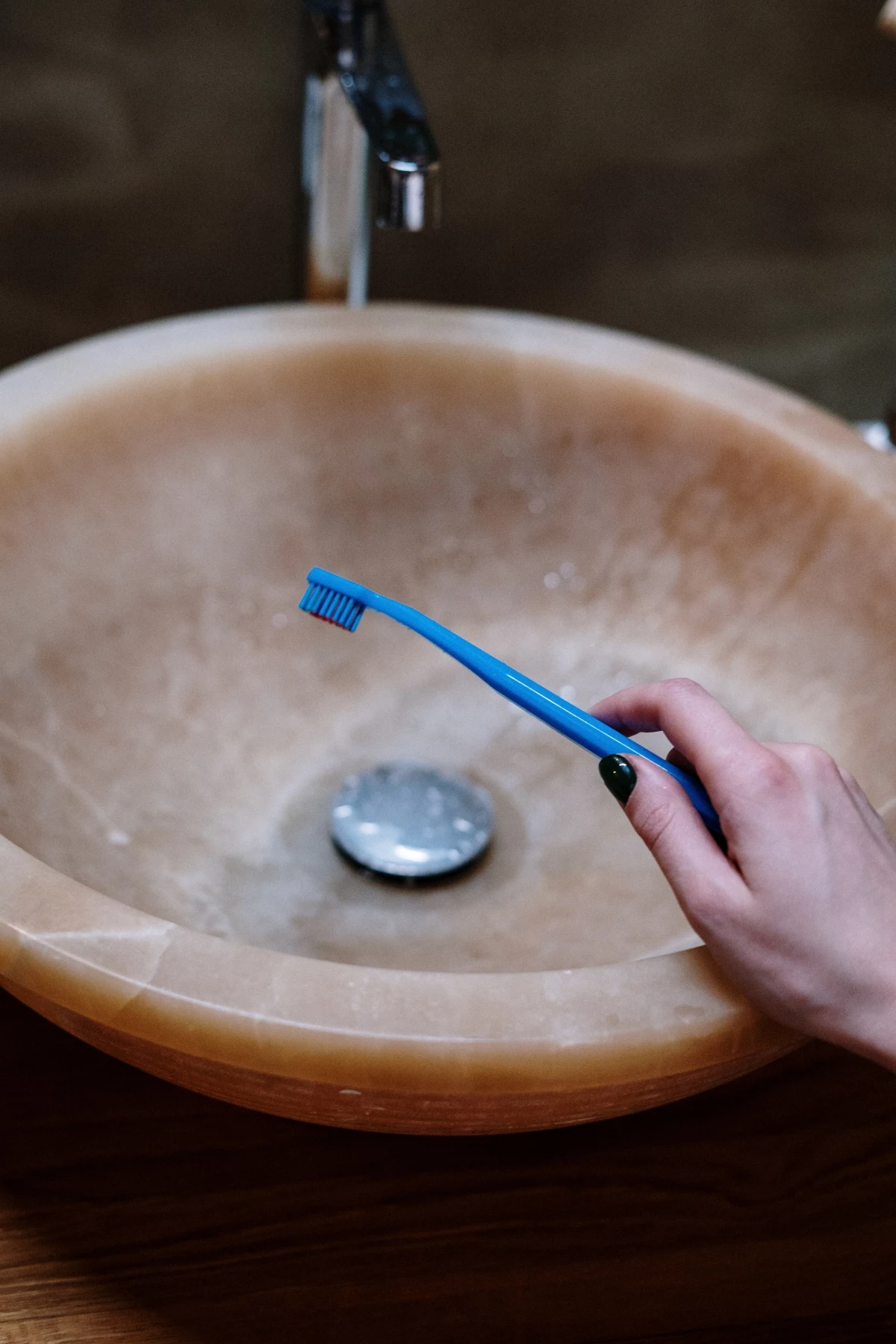
- Reach the impossible angle behind a bracket.
- Create a perfect hook-shaped scrubber for cleaning inside pipes or threaded holes.
- Customize a brush to fit the exact contour of a part you clean regularly.
The secret? A little heat. Using a heat gun on low or the flame from a lighter (carefully!), gently warm the plastic neck of a toothbrush. It will become pliable enough to bend into any custom shape you need. Hold it in place for a few seconds until it cools, and you’ve just created a specialized tool for practically nothing.
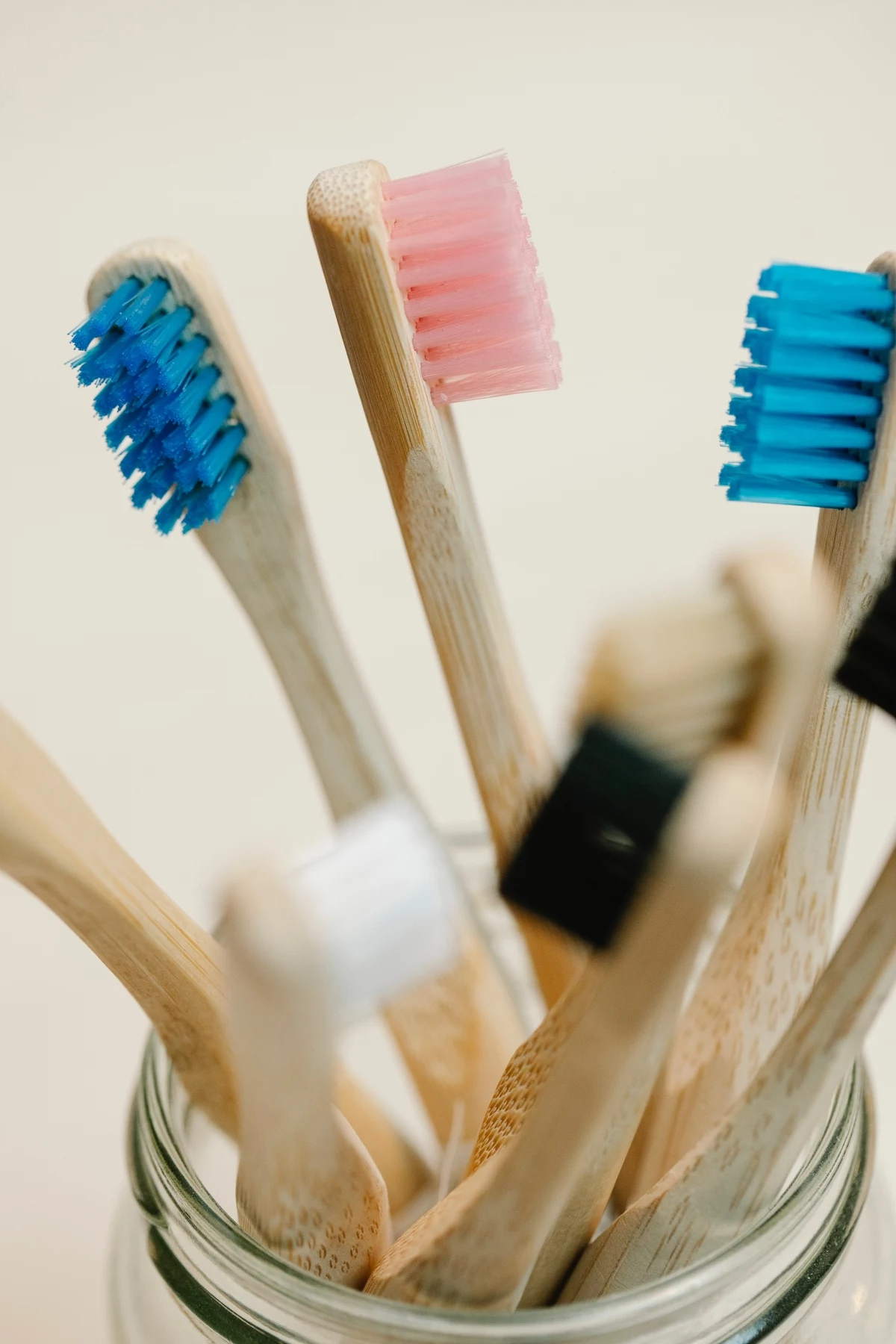
Can I really use any cleaning solvent with my new brush arsenal?
Not so fast. While the nylon bristles on most toothbrushes are surprisingly resilient, aggressive solvents like acetone or heavy brake cleaner can make them brittle or even dissolve them over time. For most detailing and degreasing jobs, your best bet is 99% isopropyl alcohol, which cleans effectively and evaporates without a trace. For tougher grime on metal parts, mineral spirits are an excellent choice that won’t harm the bristles. A good rule of thumb: if the chemical is harsh enough to require gloves, it’s worth testing on a single brush before committing your whole kit.
An old electric toothbrush can be your best power-detailing tool.
Don’t throw out that old electric toothbrush! Its powered head offers a level of cleaning that manual brushing can’t match. An oscillating-rotating model (like a basic Oral-B) provides aggressive scrubbing action, perfect for restoring corroded battery terminals or polishing small, intricate metal pieces with a dab of compound. The high-frequency vibration of a sonic model, on the other hand, is ideal for gently dislodging fine dust from delicate electronics or vintage items without direct, harsh contact.










